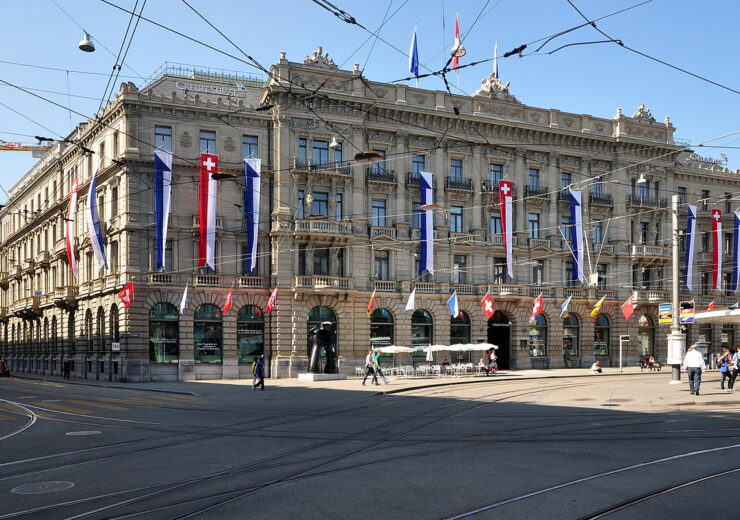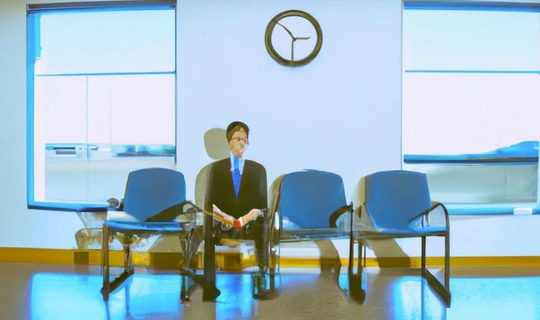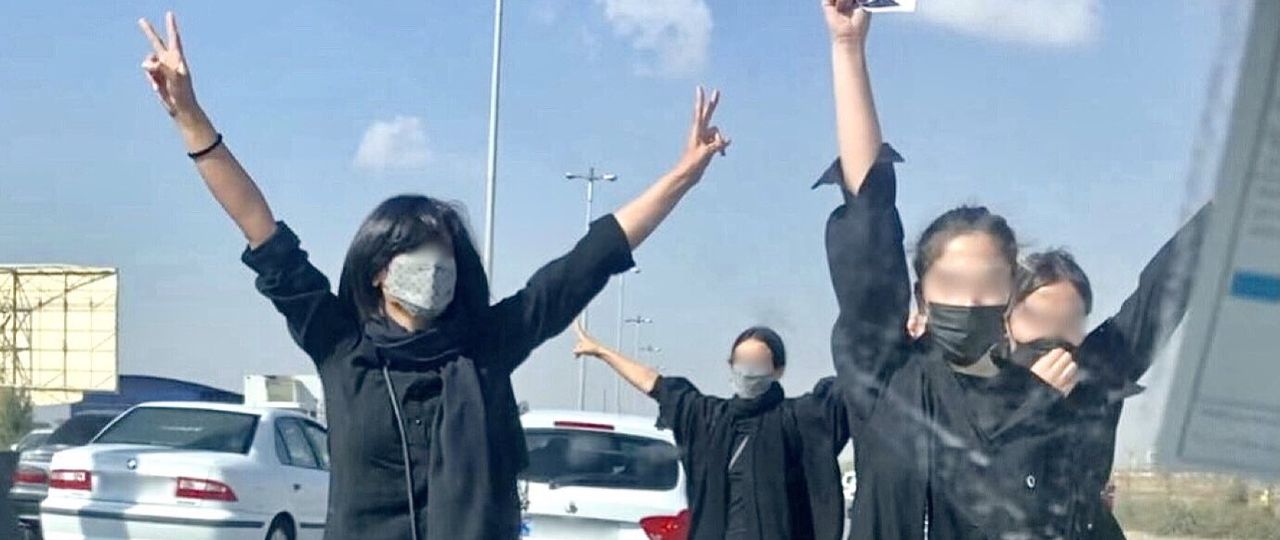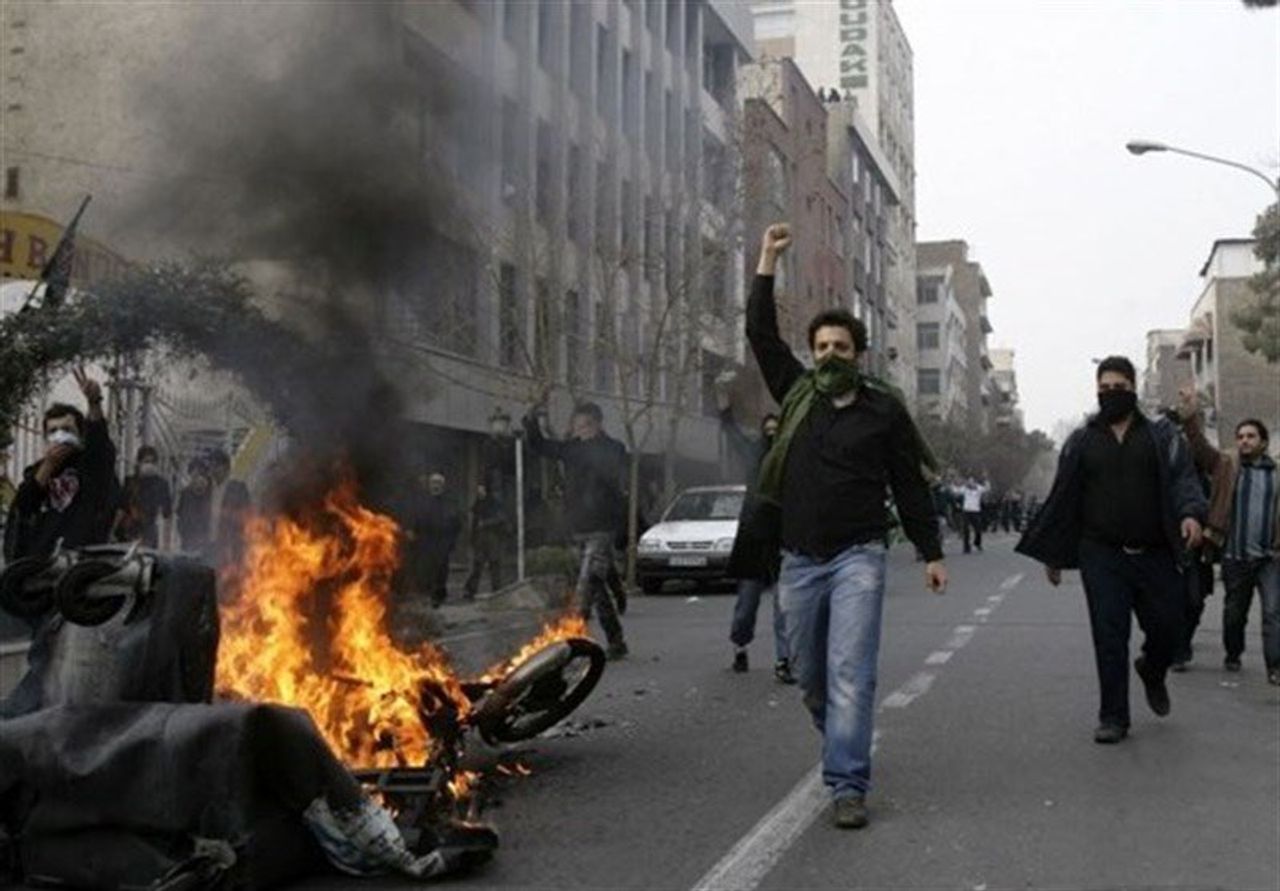
A string of scandals this year has dogged Swiss bank Credit Suisse. Add to that the challenging economic environment, and we have a recipe for disaster.The bank has now said that it projects a CHF 1.5 billion ($1.6 billion) loss in the fourth quarter due to declining client activity.It also plans to ax 9,000 employees by 2025 to cut costs.
Why does this story matter?
- Credit Suisse, the second-largest Swiss bank, hasn't had the best of 2022 so far. Constantly declining share prices, a money laundering-related conviction, failed bets on Archegos Capital Management and Greensill Capital...the list goes on.
- Last month, the bank's credit default swap reached its highest in the last two decades. Considering all that, restructuring has been in the cards for a while for the bank.
Bank expects losses in wealth management and investment banking
In its Q4 projection, Credit Suisse said that it expects losses in wealth management sections and investment banking. It attributed this to the market conditions, continuous credit outflows, and the sale of non-core businesses.The bank projects a total pre-tax loss of around CHF $1.5 billion. It expects to lose CHF 75 million due to the sale of the shareholding in the Allfunds group.
Number of deposits and assets under management will decrease
The number of deposits in the bank and the assets under its management are set to decrease in Q4. This will result in a decline in net interest income, recurring commissions, and fees, which will lead to a loss for the wealth management division.
Bank plans to undergo a complete overhaul
Credit Suisse is set to undergo a sweeping overhaul. A number of scandals have the market questioning the bank's financial health. The Zurich-based bank plans to restructure its business to address that.The bank held an extraordinary general meeting to seek shareholders' approval for the bank's restructuring plans and its proposal to raise CHF 4 billion .
It aims to cut 2,700 jobs in Q4
As part of the restructuring, the bank plans to cut jobs. It aims to slash 2,700 jobs in the fourth quarter and around 9,000 by 2025.The bank said that layoffs will depend on several factors, including the performance for the rest of the year, the continued exit of non-core positions, goodwill impairments, and the outcome of other asset sales.
By NS Banking Staff Writer
More than 20 investment bankers at Credit Suisse’s 51% owned Chinese venture, Credit Suisse Securities, which had a total of 68 employees by the end of last year, have been notified about the job cuts

Credit Suisse, Paradeplatz in Zürich, Switzerland.
Credit Suisse is reportedly laying off around one-third of its employees in the investment banking division, and nearly half of its workforce in the research department, in China.
More than 20 investment bankers at Credit Suisse Securities, the bank’s 51% owned jointure venture in China, have been notified about the job cuts, reported Reuters.
Credit Suisse Securities had 68 employees working in its investment banking department by the end of last year.
The bank is also reducing the headcount in its research department by laying off nearly 10 people, which initially had 24 employees.
The announcement follows less than one month after the Swiss investment bank announced the strategic restructuring of its global business.
As part of the strategic restructuring, the bank announced its plans to raise $4.18bn in the capital, along with 9,000 job cuts in the next three years.
The restructuring plan also included the spinning-off of the investment banking business and focusing on institutional and wealth management clients.
The announcement follows two months after the bank agreed to invest $160m to fully control its securities business in China, reported Bloomberg.
Reuters said that Wall Street banks are preparing to cut jobs in China, due to the impact of Covid-19 restrictions and weak growth of business in the country.
Goldman Sachs has announced the axing of 25 jobs in China, and Morgan Stanley plans to eliminate around 50 investment-banking jobs in the Asia-Pacific region, said the publication.
Earlier this month, Credit Suisse signed definitive agreements to sell a significant part of its Securitized Products Group (SPG) and other related financing businesses to Apollo Global Management (Apollo).
The agreement is said to support the company’s strategic plan to exit from the SPG business, de-risk its Investment Bank, and release capital to invest in its core businesses.
The transaction is expected to be completed in the first half of 2023, subject to regulatory approvals, customer approvals and other customary closing conditions.
Credit Suisse credit traders still waiting for retention payments
bySarah Butcher
21 November 2022

He came and he went and people still don't seem any happier.
Sources at Credit Suisse say Joel Kent's visit to London last week didn't result in any new retention bonuses, but it did seemingly coincide with more job cuts.
Kent's visit from New York last week was meant to stabilize the Credit Suisse credit sales and trading business ('global credit products) following the removal of various team members and ahead of its transplantation into CS First Boston.
Credit Suisse isn't commenting, but sources say Kent's message to CS credit professionals in both London and New York has effectively been, "I have no information and if you don't like it, you can leave."
Kent was promoted to global head of credit product at Credit Suisse in September, but insiders suggest he's comparatively powerless when it comes to keeping his team happy. Instead, the real power to determine the future of the credit team lies with Michael Klein, who will be the chief executive of CS First Boston, and David Miller, who will be Klein's second in command.
As members of the credit team jostle for position and seek to avoid the purge, it's proximity to Miller in particular that's seen as the new way of getting ahead. Miller's people are said to include the likes of Jason Safriet, who runs credit sales for Credit Suisse out of New York.
As the credit business cuts costs, some unlikely people are being ejected. As we reported last week, they include high performing female managing directors in sales like Amy Emmanuel, who'd been at Credit Suisse for two decades, or Adrienne Lucier, who'd worked there since 2010. Sources say that Patrick White, a director in high yield Credit Sales who'd been at the bank since 2008 also left in recent weeks, and that various other people were let go in London last week.
As Credit Suisse salespeople and traders wonder if they're going to get pushed, headhunters say the best people are in danger of being picked off. Deutsche Bank already recruited Diego Discepoli, the head of the EMEA business, and other banks are sniffing around too. "Most people there are willing to discuss opportunities," says one London headhunter.
In theory, Credit Suisse traders should at least be locked in by last year's bonuses, which included a cash component that can be clawed back if they leave. In reality, headhunters say most hiring banks are willing to buy any previous bonuses that are left in the table.
Click here to create a profile on eFinancialCareers. Comment ANONYMOUSLY on articles and make yourself visible to recruiters hiring for top jobs in technology and finance.
Have a confidential story, tip, or comment you’d like to share? Contact: sbutcher@efinancialcareers.com in the first instance. Whatsapp/Signal/Telegram also available (Telegram: @SarahButcher)
Bear with us if you leave a comment at the bottom of this article: all our comments are moderated by human beings. Sometimes these humans might be asleep, or away from their desks, so it may take a while for your comment to appear. Eventually it will – unless it’s offensive or libelous (in which case it won’t.)
AUTHOR




















:quality(100)/cloudfront-us-east-1.images.arcpublishing.com/thesummit/LG7CAIFIXFA5JNSJKU6EJATMKI.jpg)
:quality(100)/s3.amazonaws.com/arc-authors/thesummit/c65d89e4-b58a-4d85-8ee0-6a7351b34d12.jpg)